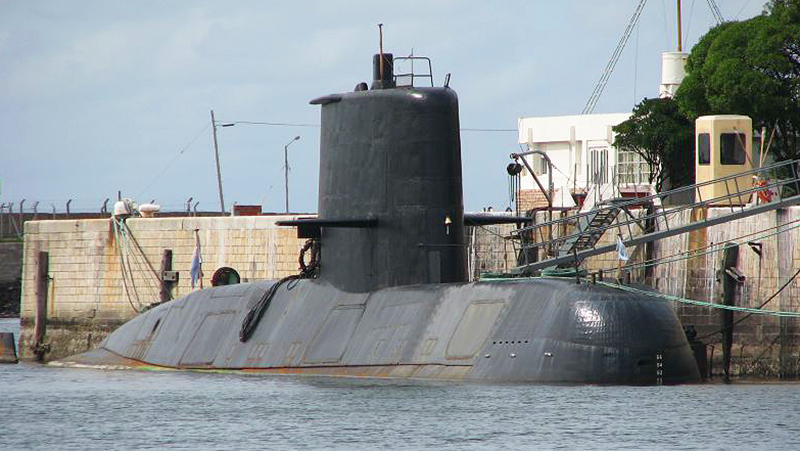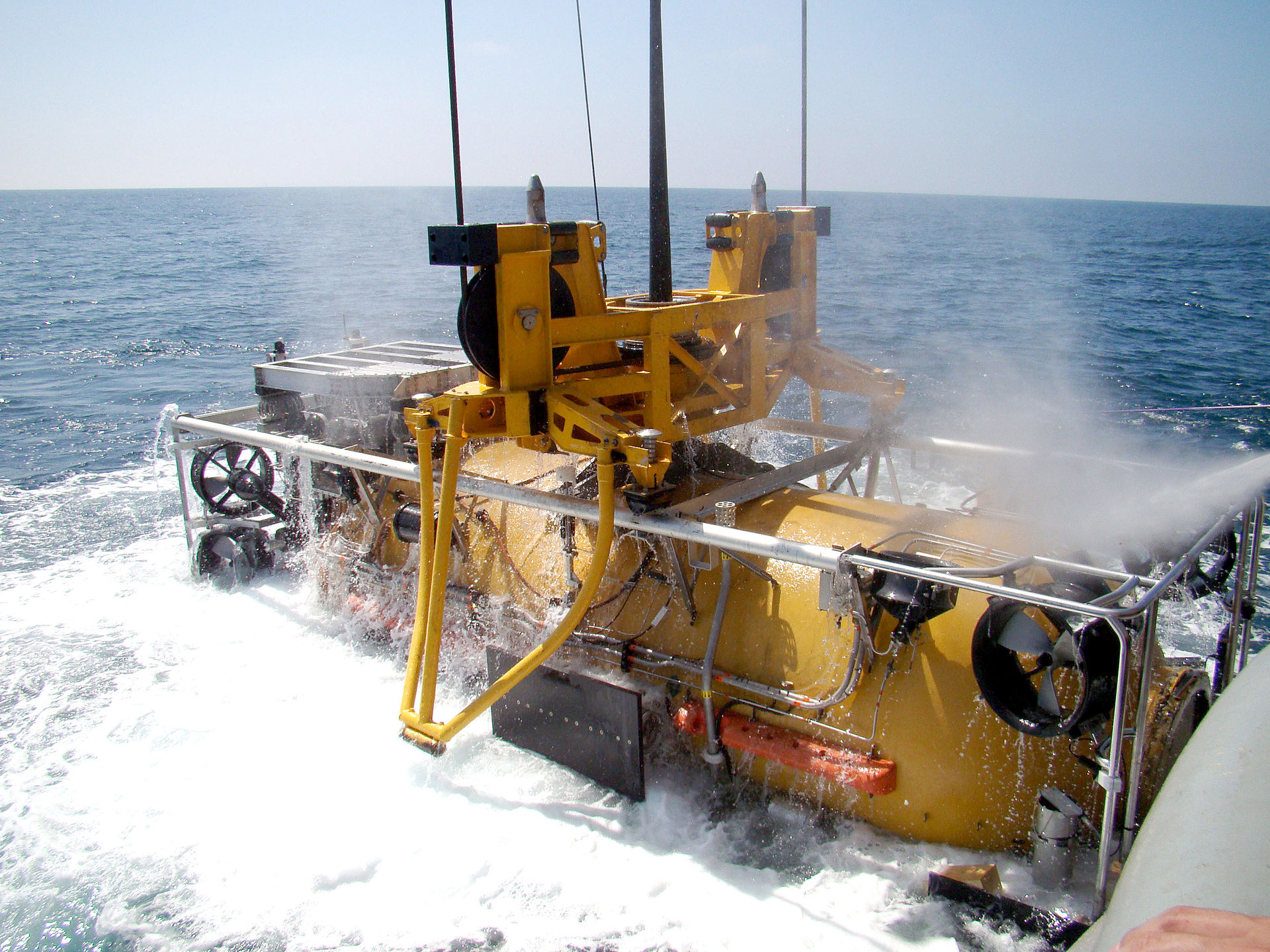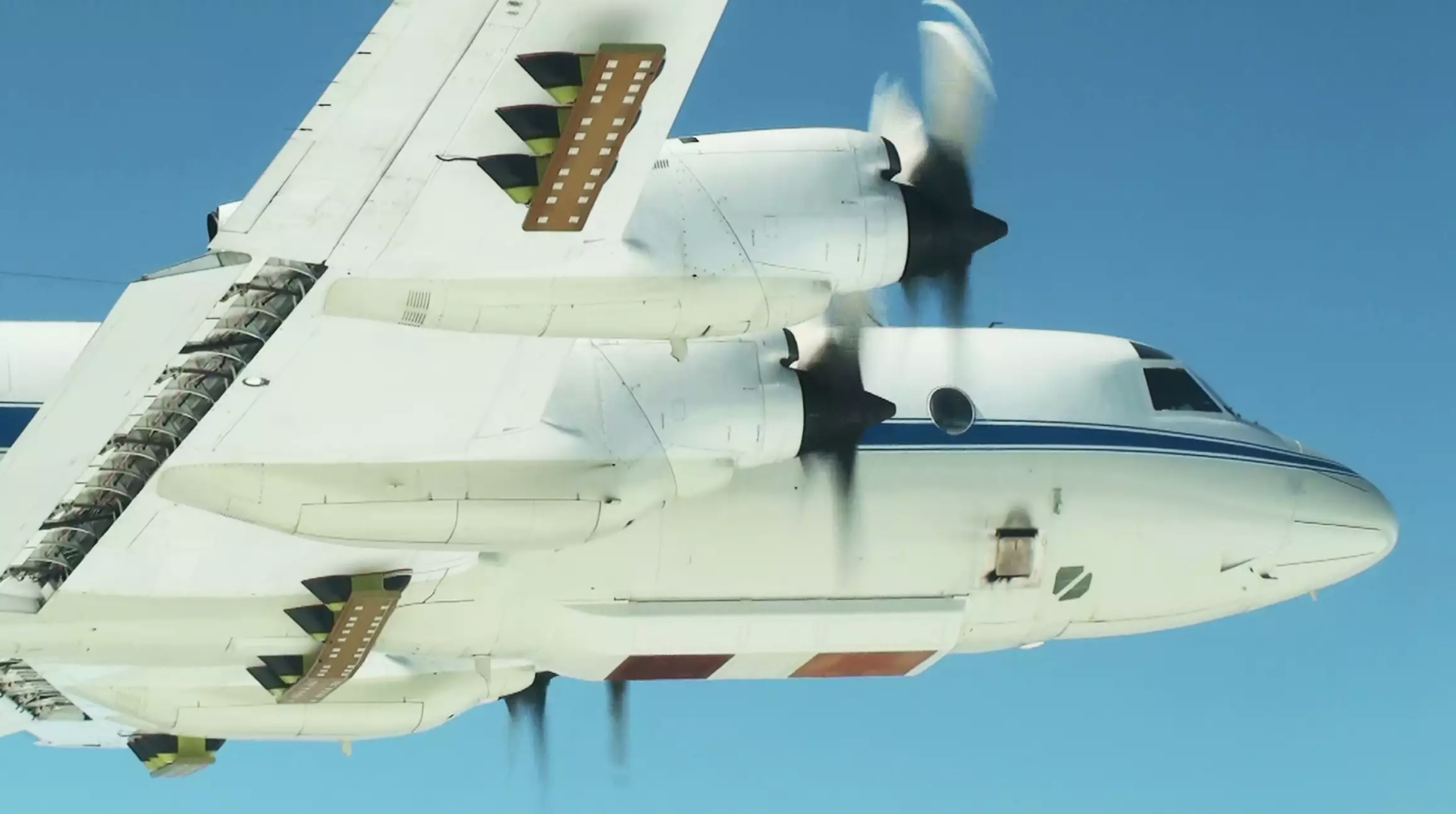The Santa Cruz class diesel electric submarine ARA San
Juan (S-42) belonging to the Argentine Navy has gone missing. The boat’s last known position was sent on November 15th, 2017 from roughly 240 miles off the Gulfo San Jorge, or about 920 miles from Buenos Aires. The vessel had been transiting from a naval base in Argentina’s southern littoral reaches, on the Tierra del Fuego archipelago, to the city of Mar del Plate, which is over a thousand miles to the north. 44 sailors are said to be onboard and an air and sea search is currently underway to locate the submarine.
Enrique Balbi, an Argentine Navy spokesman, told reporters:
“The submarine knows that if it does not have communication with land for this long, it has to surface.”
Bad weather conditions are supposedly hampering search efforts, which are likely to grow in scope to an international affair in the coming hours.
The 216 foot long Santa Cruz class is made up of two TR-1700 class submarines imported from Germany in the mid 1980s. At the time they were the largest submarines Germany had constructed since the end of WWII, displacing 2,265 tons.

These attack boats are particularly fast for diesel electric submarines of their size and era, being able to hit 25 knots. They are also designed for long-endurance patrols, and run missions that last over four weeks, which can be extended up to eight weeks if required. Both boats have seen major upgrades in the last decade, with the San Juan coming out of refit just four years ago. Originally, six of the class were going to be procured, but this was cut to just two due to the country’s economic turmoil of the late 1980s.


The final four boats of the class were to be license-built by Astillero Domecq Garcia in Argentina, with the ARA Sante Fe being largely completed when the order to stop work was received. Although the submarine was largely picked over for parts to keep her two operational sister ships running, there is talk that Argentina could complete its construction, bolstering the country’s submarine fleet, which only consists of one other smaller Salta class (German Type 209) boat.
Of particular importance under the circumstances is that these vessels are configured to accept assistance from a deep sea rescue vehicle should the crew be trapped deep beneath the ocean’s surface. Multiple countries possess DSRV capabilities, with the U.S. being able to quickly deploy its Submarine Rescue Diving Recompression System on short notice by airlifter and can attempt a rescue at depths as deep as 2,000 feet.

There haven’t been any reports of a rescue vehicle being forward deployed just yet, but this could happen as a cautionary measure at any time in hopes that the submarine can be found intact even if it has sunk to the sea floor.
We will live update this post over the next 12 hours as more information becomes available.
UPDATE 2:55pm PST—
There isn’t a whole lot of new news, but there are a couple pieces of information worth adding. First, based on multiple reports the weather around the area of the submarine’s last known position remains poor, hampering the search effort.
NASA’s P-3B aircraft used for antarctic surveillance missions—we have detailed the type’s use for this unique role in this past article—is now actively taking part of the search effort. In addition, Argentine Navy vessels, including corvettes ARA Rosales (P-42) and ARA Drummond (P-31), as well as destroyer ARA Sarandí (D-13) are executing a surface search plan.

We also have confirmation that the U.S. military is working on additional options to assist in the search for the submarine and, just as predicted, to execute a possible submerged rescue operation, including activating the Navy’s undersea rescue capabilities out of San Diego. USNI News states:
“SOUTHCOM was in communication with the State Department and preparing options for a response in case a formal request for assistance were made.
Outside of the NASA aircraft, the U.S. has not been asked to contribute assets to the search but is preparing specialized submarine rescue equipment in anticipation of a request from Buenos Aries, USNI News has learned.
U.S. Navy Undersea Rescue Command is mobilizing the specialized submarine rescue equipment and personnel in San Diego to crew the Submarine Rescue Diving and Recompression System (SRDRS), two defense officials confirmed to USNI News.
The system can be transported via cargo aircraft and loaded onto a surface ship for rescue operations.”
These options will likely also include the rapid deployment of U.S. Navy P-8 Poseidon aircraft to the area of interest. The type represents the most capable maritime surveillance asset in the world, one that is especially adept at search and rescue operations and finding surfaced submarines. The aircraft’s jet speed transit capability means that it can be on station and flying missions in just a matter of hours.
The British and Chilean governments have also offered to help. A Chilean aircraft equipped with a FLIR system, and thus capable of searching at night, has already been dispatched to Argentina to help in the effort.
Contact the author: Tyler@thedrive.com
